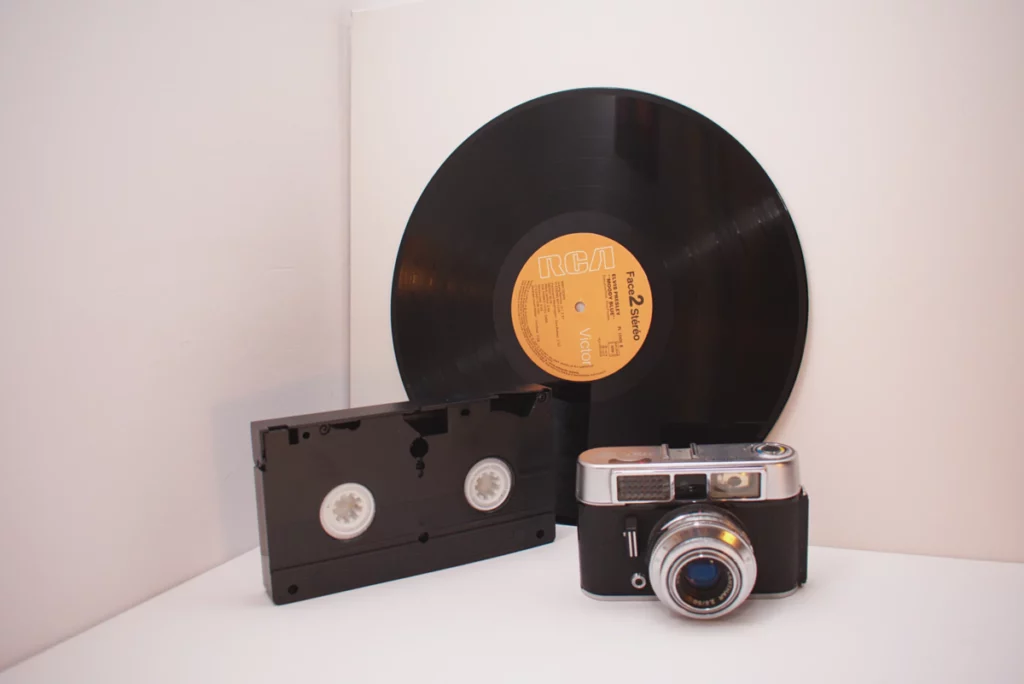Navigating the Evolving Soundscape of Audio Advertising
The audio industry has only boosted the volume in what is still an uninspiring landscape for the technology industry. With the development of audio in conjunction with technological advancements and advances in technology, the audio medium has become more diverse, providing numerous opportunities for advertisers to connect with viewers across different demographics and markets. With the global number of subscribers to streaming audio services forecast to exceed 1.3 billion by the end of the decade and the global advertising spend in digital. Radio is predicted to be USD$38.75bn (~PS30.53bn) before 2023’s back; it is clear that the market for audio and the opportunities it offers marketers are only gaining momentum.
To understand the intricacies of the audio world, We’re taking a deep review of the holy trinity of the radio station, streaming music, and podcasts, and what they are each helping to make the medium successful.
Radio – Someone still is in love with you
The most enduring medium for audio advertisements (discounting the excessive town crier, of course), radio has remained impressive in worldwide advertising, with the ad budget forecast to rise to 28.61 billion dollars (~PS22.54bn) this year. The growth forecast is not surprising, given that one of the medium’s core advantages is low production costs coupled with high ROI. Radio advertising has an average return on investment of PS7.70 per PS1, the highest rate for television. In light of the effects of inflation as well as the global economic slump on the tech industry that has imposed severe reductions to cope with cost increases and the cost-effectiveness of radio is easy to see its appeal with advertisers.
However, it would be foolish to reduce radio to just a rainy day option as it regularly is a big hit that includes more people listening to the radio every week than they do on Facebook in the US by itself. In addition, radio’s listeners are large and extremely diverse, with a range of gender, ages, and even interests, making radio an attractive option for those who wish to reach a wide public. Radio’s status as a reliable medium and one of the top-rated among Europeans makes it an effective way for advertisers to communicate with people. It has been proven to be extremely efficient for promotion. Radio ads have been found to boost the perception of consumers for brands by 48 percent, in addition to increasing the number of people who visit websites that advertise by 52%, indicating radio’s effectiveness in influencing consumer behavior.
Music streaming – heard and seen, heard.
Although portable music has been available for a long time, the rapid growth of streaming music in the past two decades allows listeners more choice and control than they ever had before. Since its introduction in 2006, the streaming service Spotify has gained over 100 million users worldwide, including 317 million who use its advertising-based (Spotify ads) service. Spotify’s strength is in its effect on listeners by the music and artists creating specific emotions or causing them to feel heard and valued (who isn’t feeling understood enjoying the music of Smoko or Smokoon during their commute to work, surely?) Based on research conducted by Pandora music streaming, audio advertising integrated into playlists with personalization are more effective on long-term memory than mobile and TV and highlight the potential for advertisers to connect with their customers and stay in their audience even after their advertisement is played.
The latest developments in assessing the effectiveness of ads on music streaming websites are in the works as the technology is rapidly evolving so that it can offer marketers a comprehensive analysis of the potential for advertising.
Podcasts – A little more conversation, lots more action
Though they’re considered a relatively recent aspect of audio, podcasts have been an element of the audio landscape for a long time, and the concept of “podcasting” dates back to 2004. However, the medium has made its mark in the past decade due to two major technological advances – the Apple iOS upgrade in 2014, for instance, that made it simpler for users to access Apple Podcasts by installing the app on their devices. Spotify’s decision to make its podcasts accessible to all listeners in 2018 also helped the medium’s popularity, resulting in listeners soaring by 175 percent by the close of this year. Today, there are 464.7 million listeners around the globe, tuning into more than 5 million podcasts in total, with 34 percent of the populace listening to at least one podcast every month. In contrast to traditional radio, podcasts focus on particular topics or interests and make it easy for listeners to get the content they’re interested in. Advertisers can also connect with the audience they’re looking for. With US people citing education and entertainment as their top two reasons they listen to podcasts, for example, advertisers can more effectively connect services and brands to specific shows and reach their ideal audience.
Additionally, with listeners across a range of different markets using podcasts for their commute, during exercise, or out in the open, advertisers can have the chance to grab their attention when they are otherwise busy and distracted, which isn’t possible with visual ads. This is one of the advantages shared by all audio advertisements, but podcasts are distinct in their ability to establish an intimate relationship between the host and the listeners. Some research even suggests that podcast hosts are up to 60% more influential than social media personalities, with 68 percent of listeners being more likely to purchase through brands they hear about in podcasts than on social media platforms. Beyond that 1 in four podcast listeners has purchased a product from a podcast advertisement which suggests that programs such as Four Finger discount and Off Menu are highly effective and are an investment that is beneficial for both marketers and brands.
Related
Crafting Targeted Audio Ads for Co-Listeners: Brand Strategies

